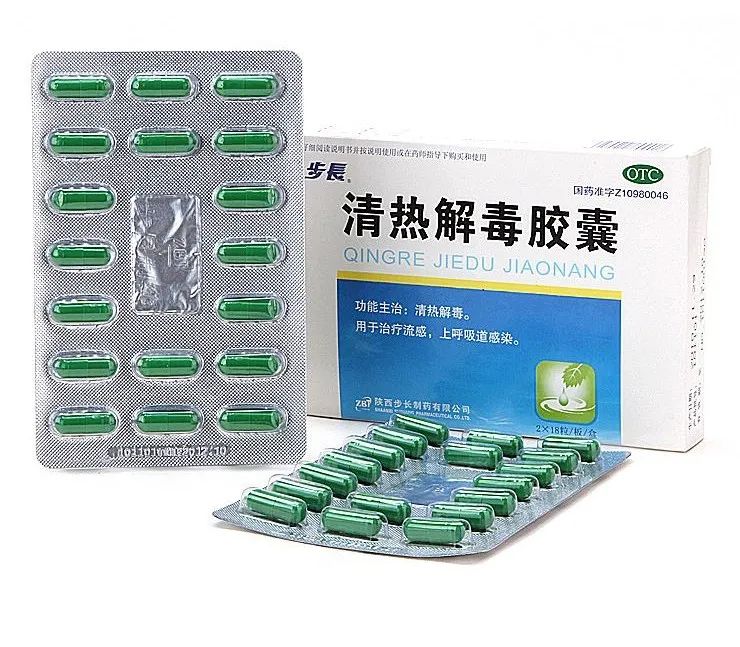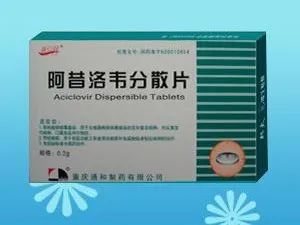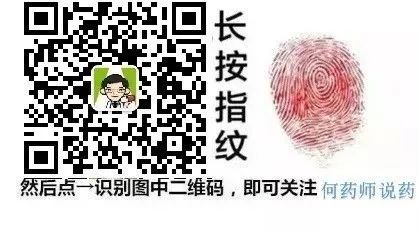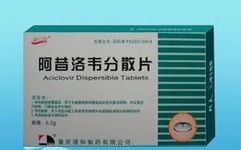
Qing Re Jie Du (Clearing Heat and Detoxification) and Kang Bing Du (Antiviral) are two distinct concepts, representing different expressions within two medical theoretical systems.

Qing Re Jie Du is a term used in Traditional Chinese Medicine (TCM) and Chinese herbal medicine to describe a therapeutic function. It is one of the methods for clearing heat and is applicable to epidemics, warm toxins, and various heat toxin diseases or ulcerative conditions. Symptoms include high fever, irritability, dry mouth and throat, constipation, yellow urine, or symptoms like vomiting blood, rashes, or red, swollen, hot, and painful areas, with a red tongue and yellow coating, and a rapid, strong pulse. Commonly used herbs include Huang Lian (Coptis), Huang Qin (Scutellaria), Huang Bai (Phellodendron), Shi Gao (Gypsum), Lian Qiao (Forsythia), Jin Yin Hua (Honeysuckle), Ban Lan Gen (Isatis), Da Qing Ye (Isatis Leaf), and Pu Gong Ying (Dandelion).
Based on the effects and indications of clearing heat herbs, they can be classified into five categories: Qing Re Xie Huo (Clearing Heat and Draining Fire), Qing Re Zao Shi (Clearing Heat and Drying Dampness), Qing Re Liang Xue (Clearing Heat and Cooling Blood), Qing Re Jie Du (Clearing Heat and Detoxification), and Qing Xu Re (Clearing Empty Heat).
In TCM, the term “toxin” refers to a pathogenic factor that causes disease, which affects the balance of Yin and Yang in the body, such as heat toxins and damp toxins.
Most clearing heat and detoxification herbs are cold in nature and can harm the spleen and stomach; therefore, caution is advised for those with spleen and stomach deficiency, reduced appetite, or loose stools. Bitter and cold herbs can easily dry and injure Yin, so they should be used cautiously in cases of heat disease injuring Yin or Yin deficiency with fluid depletion.

Kang Bing Du (Antiviral) is a treatment method within Western medicine aimed at inhibiting viruses. It is based on the principles of Western pathology, virology, and pharmacology. Research on antiviral drugs began in the 1950s, with the discovery of the antiviral effects of iododeoxyuridine in 1959.
The action of antiviral drugs primarily occurs by affecting a specific stage in the viral replication cycle. There are many pathways for antiviral infection, such as directly inhibiting or killing viruses, interfering with viral adsorption, preventing viruses from entering cells, inhibiting viral biosynthesis, inhibiting viral release, or enhancing the host’s antiviral capabilities. Therefore, it is inappropriate to apply clearing heat and detoxification herbs in antiviral treatment.
Additionally, Qing Re Jie Du is different from the so-called “detoxification”; “detoxification” is merely a marketing term used by some businesses, and there is no concept of “detoxification” in either TCM or Western medicine.
Thus, it is not recommended for healthy individuals to use clearing heat and detoxification herbs to prevent viral infections. Prolonged use of these herbs should also be avoided to prevent harm to the body.
References
1. Pharmacology (8th Edition), edited by Yang Baofeng;
2. Rational Use of Chinese Patent Medicines, edited by Jin Shiyuan;
3. Information from the Luo Dalun Channel and other online sources.
Copyright Statement
The above content is original by He Yaoshi Shuo Yao (images sourced from the internet), please indicate the source when reprinting.
Write about the medicines you love, and share exquisite articles you enjoy.
If you want to see previously published content, please click to view historical messages.
If you like it, share it.
[Share to Moments] Click the share button in the upper right corner to share to Moments.
[For more exciting content, please follow He Yaoshi Shuo Yao]


